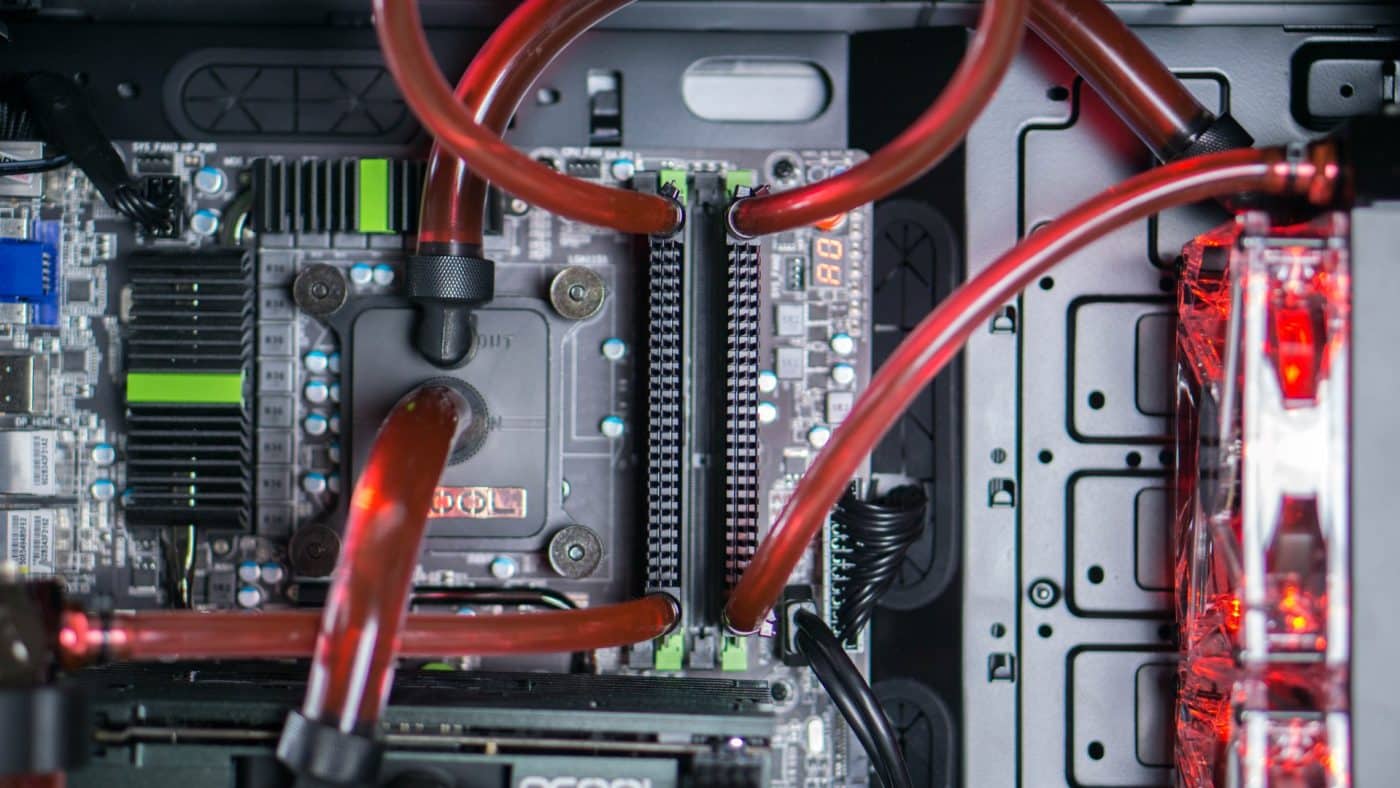You’ve done it all so far, designed and built your first loop, upgraded and expanded that loop to include your GPU but still you’ve got a desire to watercool more. Well rather than building a whole new rig, there are options out there to take your watercooling to a whole new level. This is where things get sort of technically difficult and you are going to be voiding some warranties as well. After CPU and GPU blocks the next most popular would be Memory and Motherboard blocks. Both of these require you to remove the stock heat spreaders and can potentially damage parts and just as often voids your warranty. For our rig, there is no motherboard block available, instead we are going to go ahead and demonstrate how to install water blocks on your memory.
Our Water Cooling 101 series is brought to you by our great friends at Aquatuning! Check them out for all of your water cooling needs!
Getting Ready
Once again we start out by breaking down the loop to allow us to add our new blocks to the system. For the purposes of this guide, we are removing the top 120mm radiator. With that rad uninstalled it gives us an unimpeded view of the area of the case we are working in. While it would be tight we certainly could have found a way to leave both rads and watercool the memory.
After the loop is broken down go ahead and pull your DIMMs from the slots in the motherboard. We are going to be using a pair of Phobya U-Cool Black water blocks with our Corsair Ballistix Sport memory. One nice feature of these blocks is that they can be used to cool your memory with or without watercooling connected. There is a little bit of preparation needed for installing memory blocks, let’s get right into removing the heat spreaders from the memory and applying the blocks.






